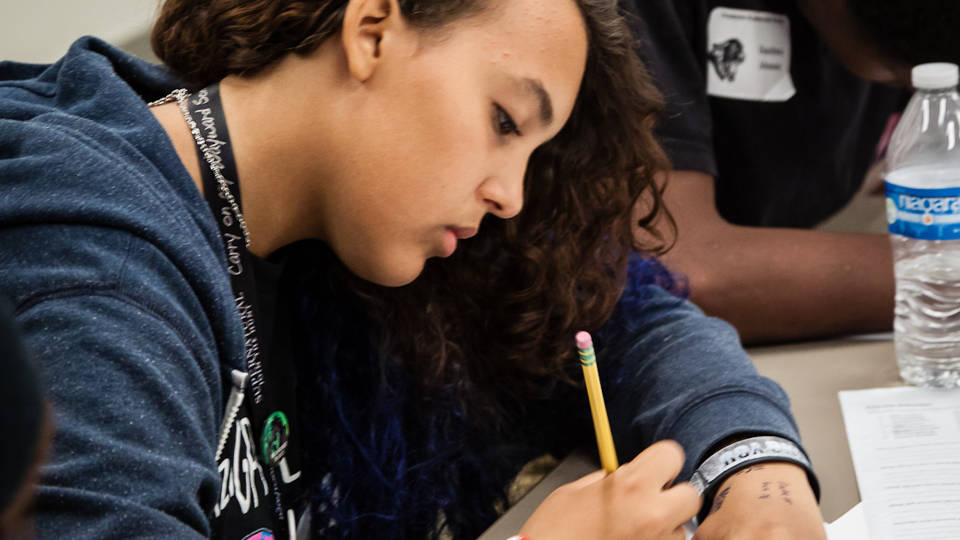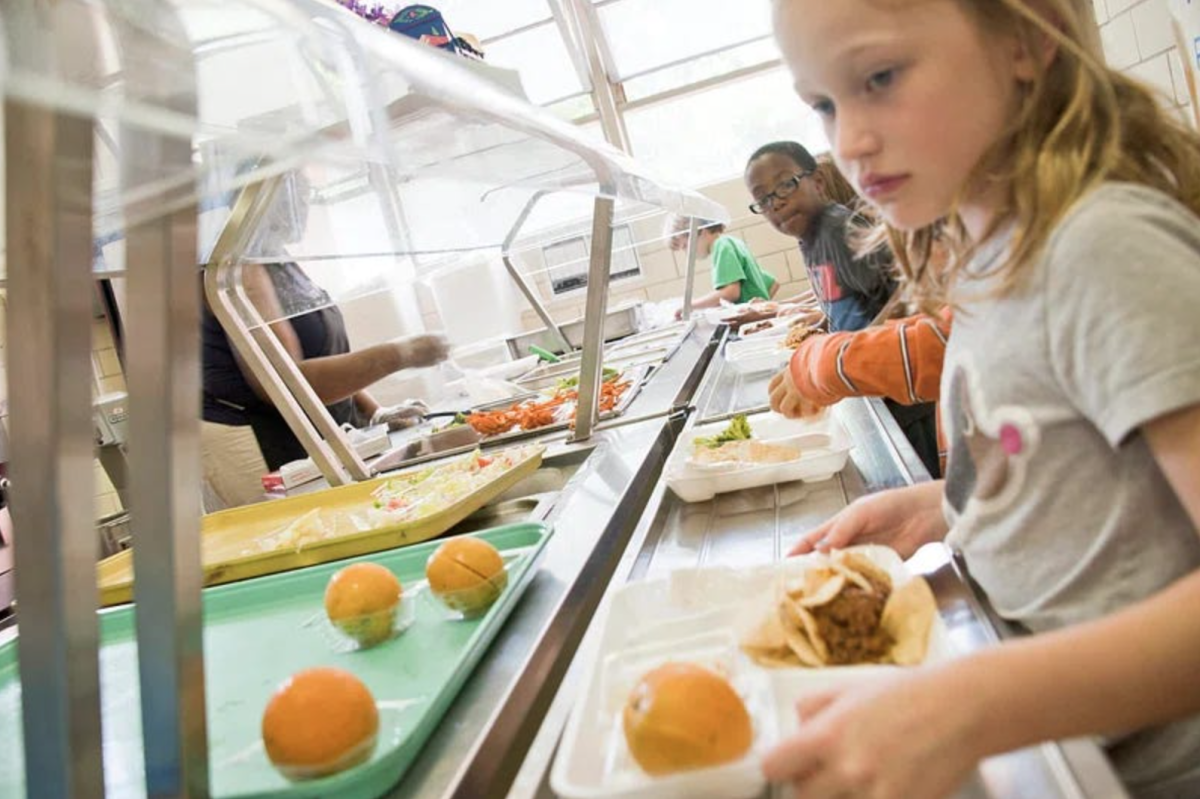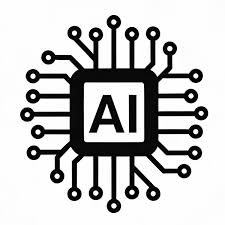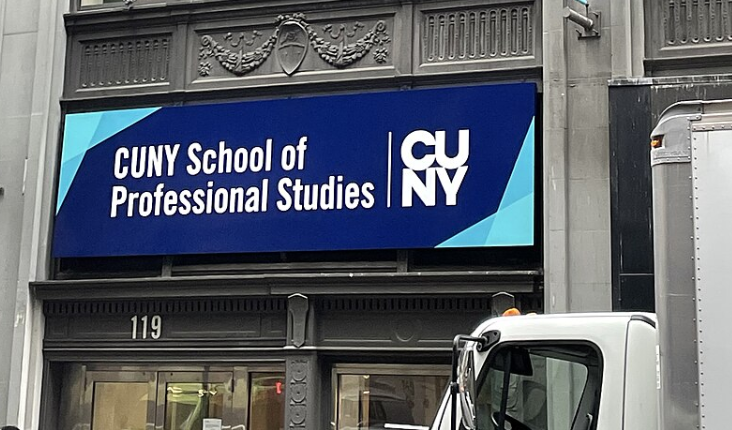The educational approach adopted by the newly officialized public school, ‘A school without walls,’ is a hopeful indicator of the improvement of the American schooling system.
The public school prioritizes flexibility in their students’ academic journey by offering in-person and remote learning for their students. The flexibility gives students the room to focus on internships, passion projects and early college coursework.
Furthermore, they utilize Crew, a structure that implements social-emotional learning into the student’s curriculum by teaching them empathy, working together and taking action. Crew also provides students with community service opportunities.
Crew allows students to deliberate on issues affecting their community and find ways to make a difference in their communities by improving people’s lives. Additionally, it helps students learn about available resources that help their community and shows them that their voice matters.
More high schools should implement this teaching model because it puts students ahead when it comes to achieving their career goals. When schools integrate real-world learning into their curriculum, it enhances the quality of their student’s education and better prepares them for college.
The curriculum in American schools is outdated as they do not teach students relevant skills they will be expected to know once they enter college or the workforce.
Many schools are making up for lost time by trying to implement new lessons into their curriculum, such as social-emotional learning.
However, their efforts come too late into the student’s academic career. Social-emotional learning is more beneficial to children early in their emotional development since it will improve the likelihood that these students can understand and cope with their emotions successfully.
Veronica Coleman, the founding principal of A School Without Walls expressed her passion for the program in NYC Outward Bound Schools’ newsletter, according to Globe Newswire.
“As we grow A School Without Walls, our students, families and staff all play a role in how we design community, teaching, and real-world learning,” Coleman said.
“Our goal is to ensure that all young people feel empowered to explore their passions in an academically rigorous environment, learn with experts and design their own learning with increasing independence,” she added.
Coleman described how students are introduced to the idea of passion projects in the ninth grade while taking the required math, science, languages and physical education courses.
Advisors ensure that what students are learning aligns with the New York State curriculum standards. Furthermore, their passion projects are designed with Civics for All, IM Math and Regents/Next Generation Science Standards-based curricula.
For example, the passion project students choose to work on matches their career interests and has their ideas come to reality. These students will be able to apply for internships or speak with industry professionals to accomplish their goals.
As students learn the required material, they can develop independent work skills through service-learning, independent research, internships and more. The student-driven curriculum is an addition to the required work of NYS and this type of learning will have students positively impact the community while teaching them entrepreneurship and networking skills.







